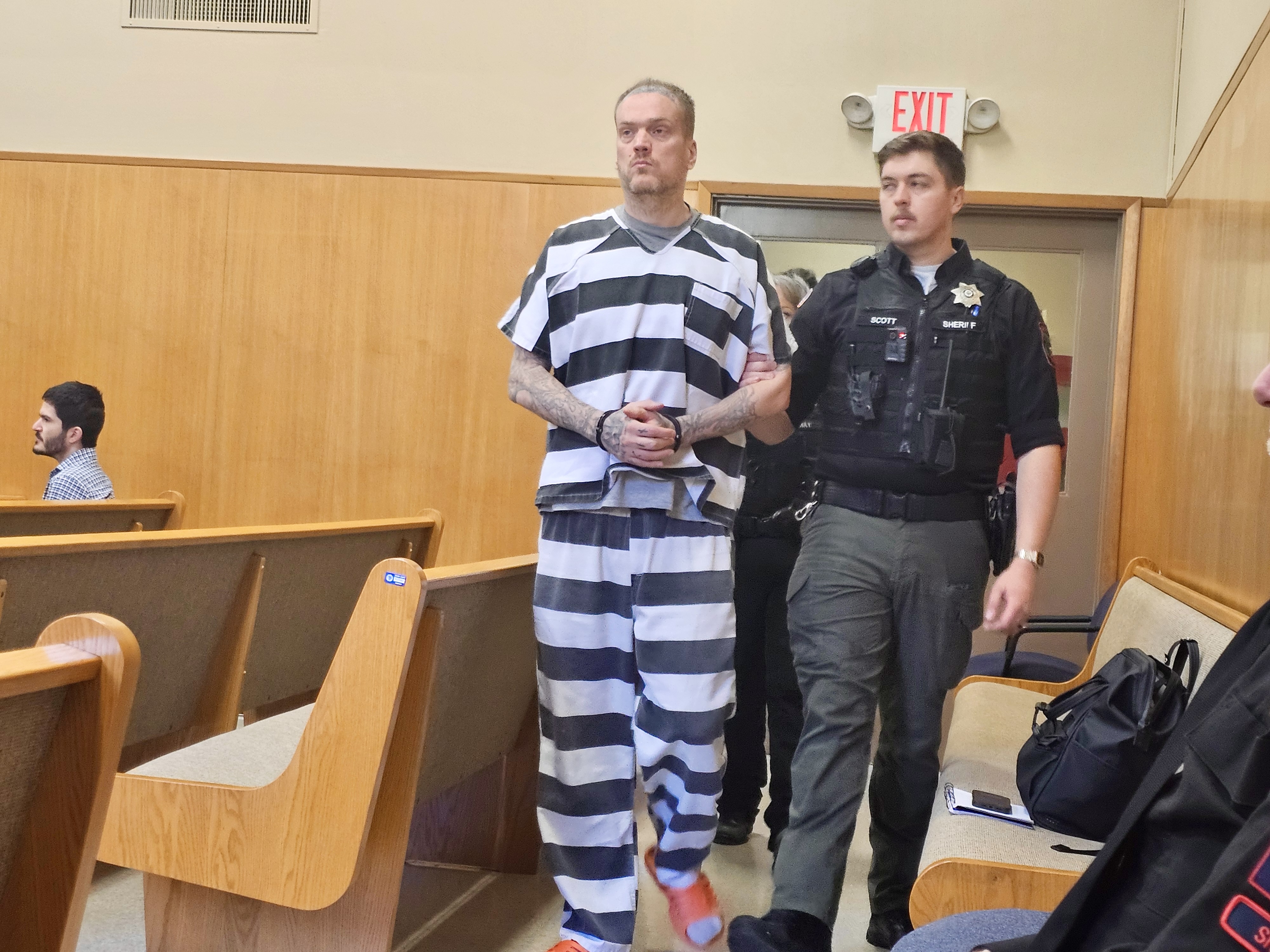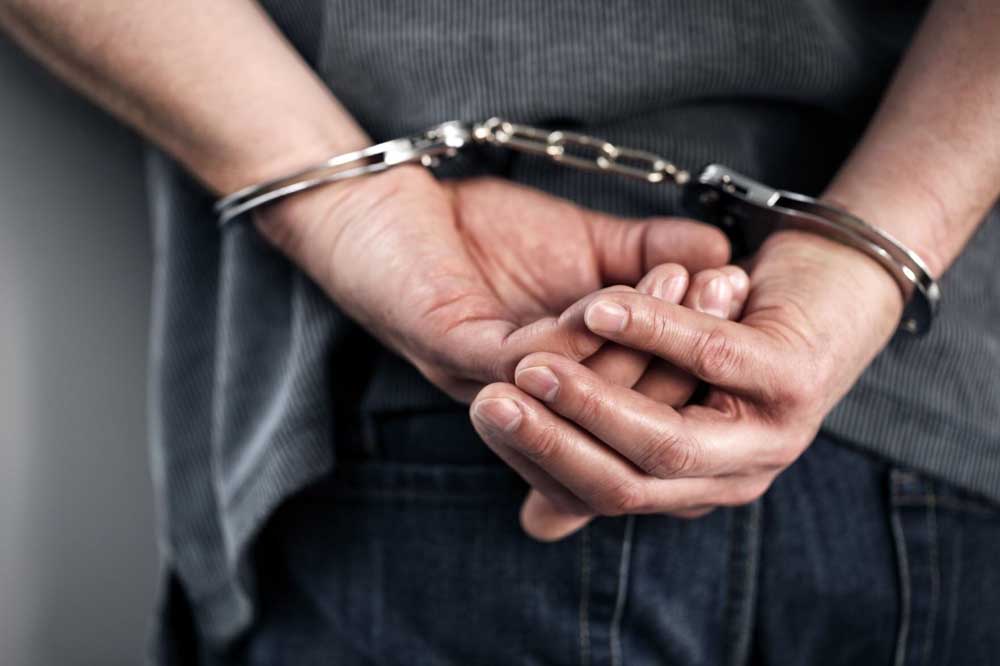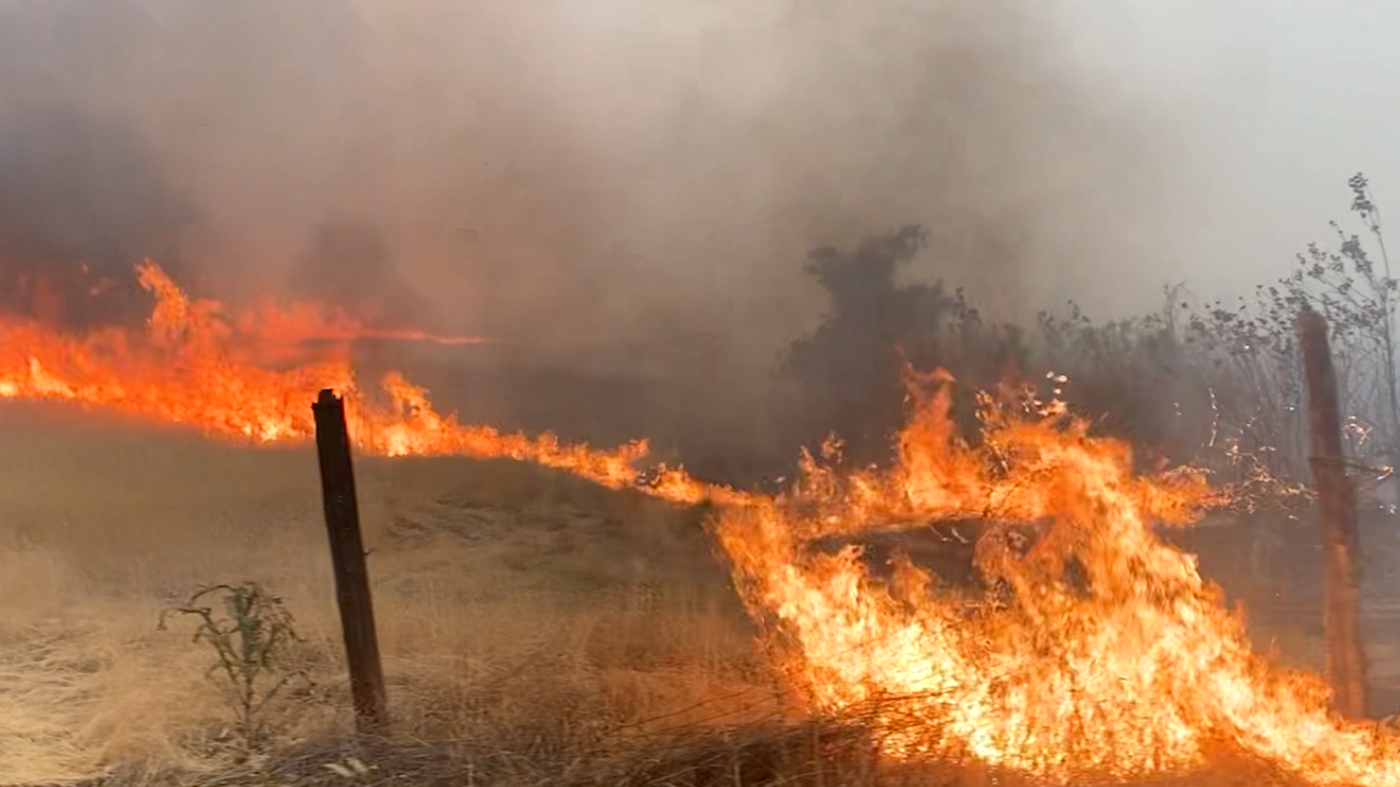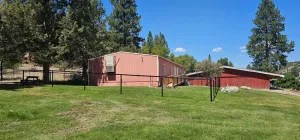Pope John Paul II
Published 5:00 pm Tuesday, April 5, 2005
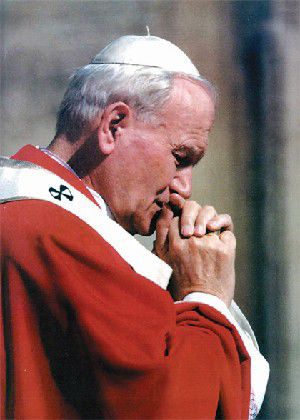
- Pope John Paul II
May 18, 1920 to April 2, 2005VATICAN CITY – The Vatican on Saturday, April 2, released the following statement on the death of Pope John Paul II by e-mail: “The Holy Father died this evening at 9:37 p.m. in his private apartment.
Trending
“All the procedures outlined in the apostolic Constitution ‘Universi Dominici Gregis’ (‘Of the Lord’s Whole Flock’) that was written by John Paul II on Feb. 22, 1996, have been put in motion.
“That document sets out the procedures for how the Vatican will handle the pope’s death and the balloting rules for choosing his successor during a papal conclave. It also requires technicians to sweep the Sistine Chapel for listening devices and bans cell phones.
His funeral is expected to take place April 8.
Trending
The conclave of 117 cardinals will assemble between April 17 and April 22.
Pope John Paul II headed the Roman Catholic Church for 26 years, the third-longest pontificate in the history of the Papacy (after Pius IX and St.Peter).
Pope John Paul II, once a lithe athlete and powerful speaker, died after a long fight against Parkinson’s disease, among other illnesses, at the age of 84. His final hours were marked by an overwhelming number of younger people who kept vigil outside his Vatican apartments. In his last message, specifically to the youth of the world, he said: “I came for you, now it’s you who have come to me. I thank you.”
The news was immediately announced to around 60,000 gathered in St Peter’s Square and was met with a long applause, an Italian sign of respect. Bells tolled and many people wept openly.
“Our Holy Father John Paul has returned to the house of the Father,” Archbishop Leonardo Sandri told the crowds.
John Paul will be remembered for his role in the collapse of communism in Europe and his unyielding defense of traditional Vatican doctrines as leader of the world’s 1.1 billion Catholics.
On Wednesday doctors inserted a feeding tube into his stomach to try boost his energy levels. A day later he developed a urinary infection and high fever that soon precipitated heart failure, kidney problems and ultimately death.
According to pre-written Church rules, the Pontiff’s mourning rites will last 9 days and his body is likely to be laid to rest in the crypt underneath St Peter’s Basilica.
The conclave to elect a new Pope will start in 15 to 20 days, with 117 cardinals from around the world gathering in the Vatican’s Sistine Chapel to choose a successor.
There is no favorite candidate to take over. Karol Wojtyla was himself regarded as an outsider when he was elevated to the papacy on Oct. 16, 1978.
On election, the first non-Italian pope in 455 years was referred to by many simply as “the man from a far country.” In terms of his age, his nationality, and his rugged health, the former athlete and notable playwright broke all the papal rules. He was to become arguably the dominant twentieth-century leader of the Roman Catholic Church, eclipsing Pope Paul VI in the extent of his travels, and for some he also eclipsed the intellectual vigour of Pope Pius XII and the charisma of Pope John XXIII.
Like his predecessor, John Paul II deliberately simplified his office in order to make it a less regal institution. He chose not to use the Royal Plural, referring to himself as “I” instead of “We.” John Paul also opted for a simple inauguration ceremony instead of the formal papal coronation, and he never wore the Papal Tiara during his term in office. This was done to emphasize the servant role embodied in the title Servus Servorum Dei (“Servant of the Servants of God”).
Karol Jozef Wojtyla was born in Wadowice, a small city 50 kilometres from Krakow, on May 18, 1920. He was the second of two sons born to Karol Wojtyla and Emilia Kaczorowska. His mother died in 1929. His eldest brother Edmund, a doctor, died in 1932 and his father, a non-commissioned army officer died in 1941.
He made his First Holy Communion at age 9 and was confirmed at 18. Upon graduation from Marcin Wadowita high school in Wadowice, he enrolled in Cracow’s Jagiellonian University in 1938 and in a school for drama.
The Nazi occupation forces closed the university in 1939 and young Karol had to work in a quarry (1940-1944) and then in the Solvay chemical factory to earn his living and to avoid being deported to Germany.
In 1942, aware of his call to the priesthood, he began courses in the clandestine seminary of Krakow, run by Cardinal Adam Stefan Sapieha, archbishop of Krakow. At the same time, Karol Wojtyla was one of the pioneers of the “Rhapsodic Theatre,” also clandestine.
After the Second World War, he continued his studies in the major seminary of Krakow, once it had re-opened, and in the faculty of theology of the Jagiellonian University, until his priestly ordination in Krakow on November 1, 1946.
In 1948, he returned to Poland and was vicar of various parishes in Krakow as well as chaplain for the university students until 1951, when he took up again his studies on philosophy and theology.
In 1953, he defended a thesis on “evaluation of the possibility of founding a Catholic ethic on the ethical system of Max Scheler” at Lublin Catholic University. Later he became professor of moral theology and social ethics in the major seminary of Krakow and in the Faculty of Theology of Lublin.
Since the start of his Pontificate, Pope John Paul II completed 104 pastoral visits outside of Italy and 146 within Italy. As Bishop of Rome, he visited 317 of the 333 parishes .
His principal documents include 14 encyclicals, 15 apostolic exhortations, 11 apostolic constitutions and 45 apostolic letters. The Pope has also published five books
John Paul II presided at 147 beatification ceremonies (1,338 Blesseds proclaimed ) and 51 canonization ceremonies ( 482 Saints ) during his pontificate. He has held nine consistories in which he created 231 (+ one in pectore) cardinals. He has also convened six plenary meetings of the College of Cardinals .
No other pope encountered so many individuals like John Paul II: more than 17,600,000 pilgrims have participated in the General Audiences held on Wednesdays (more than 1,160).
On May 13, 1981, John Paul II was shot and nearly killed by Mehmet Ali Agca, a Turkish gunman, as he entered St. Peter’s Square to address an audience. Agca was eventually sentenced to life imprisonment.
Who commissioned the assassination attempt remains obscure. Speculation has accused factions in the Vatican, especially the so-called “freemason” faction, opposed to Wojtyla and Opus Dei, of which cardinal Casaroli was a leading figure. However, a no definitive evidence has yet come to light.
Two days after the Christmas of 1983, John Paul visited the prison where his would-be assassin was being held. The two spoke privately for some time. John Paul II said of the meeting, “What we talked about will have to remain a secret between him and me. I spoke to him as a brother whom I have pardoned.”


